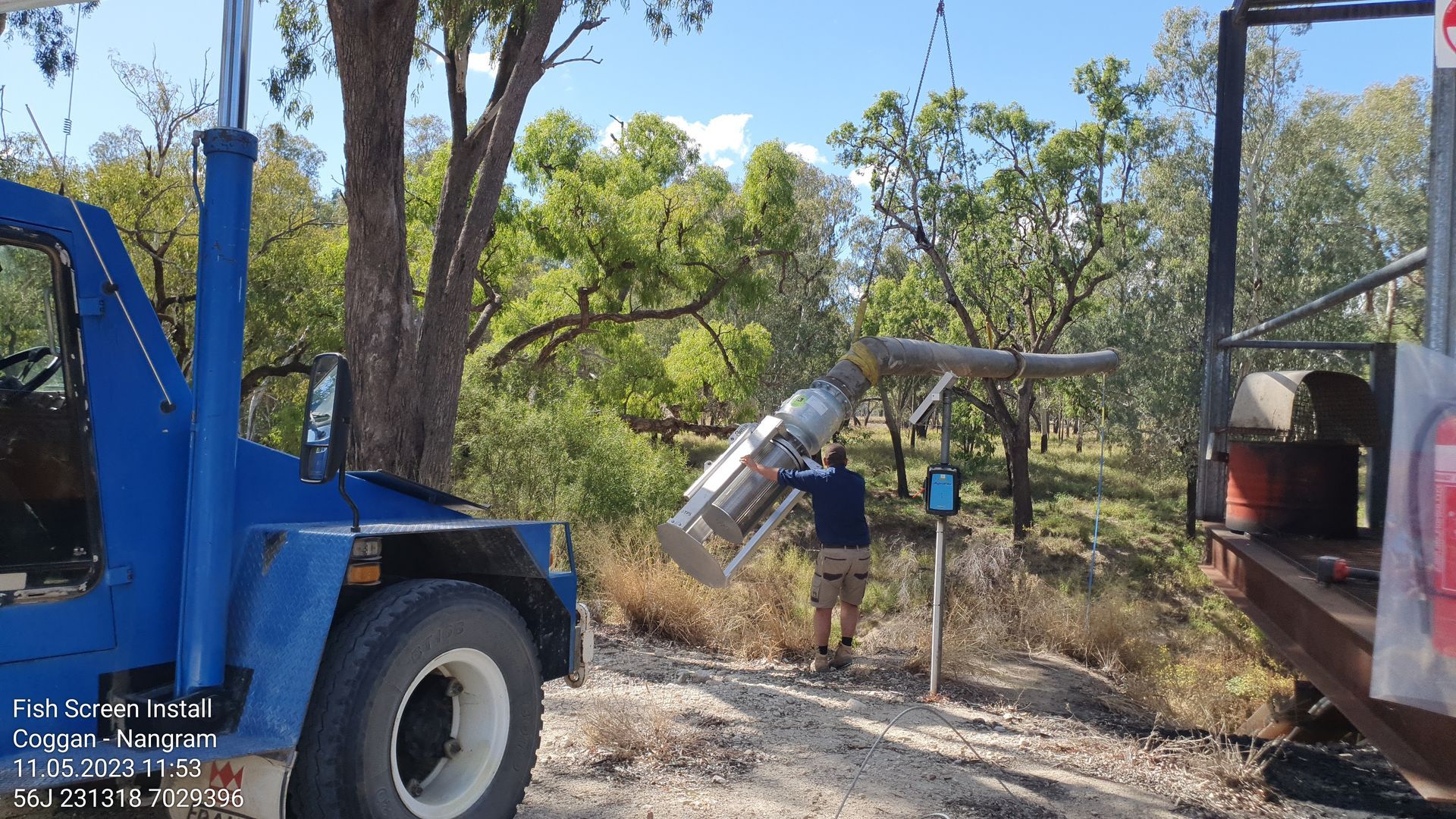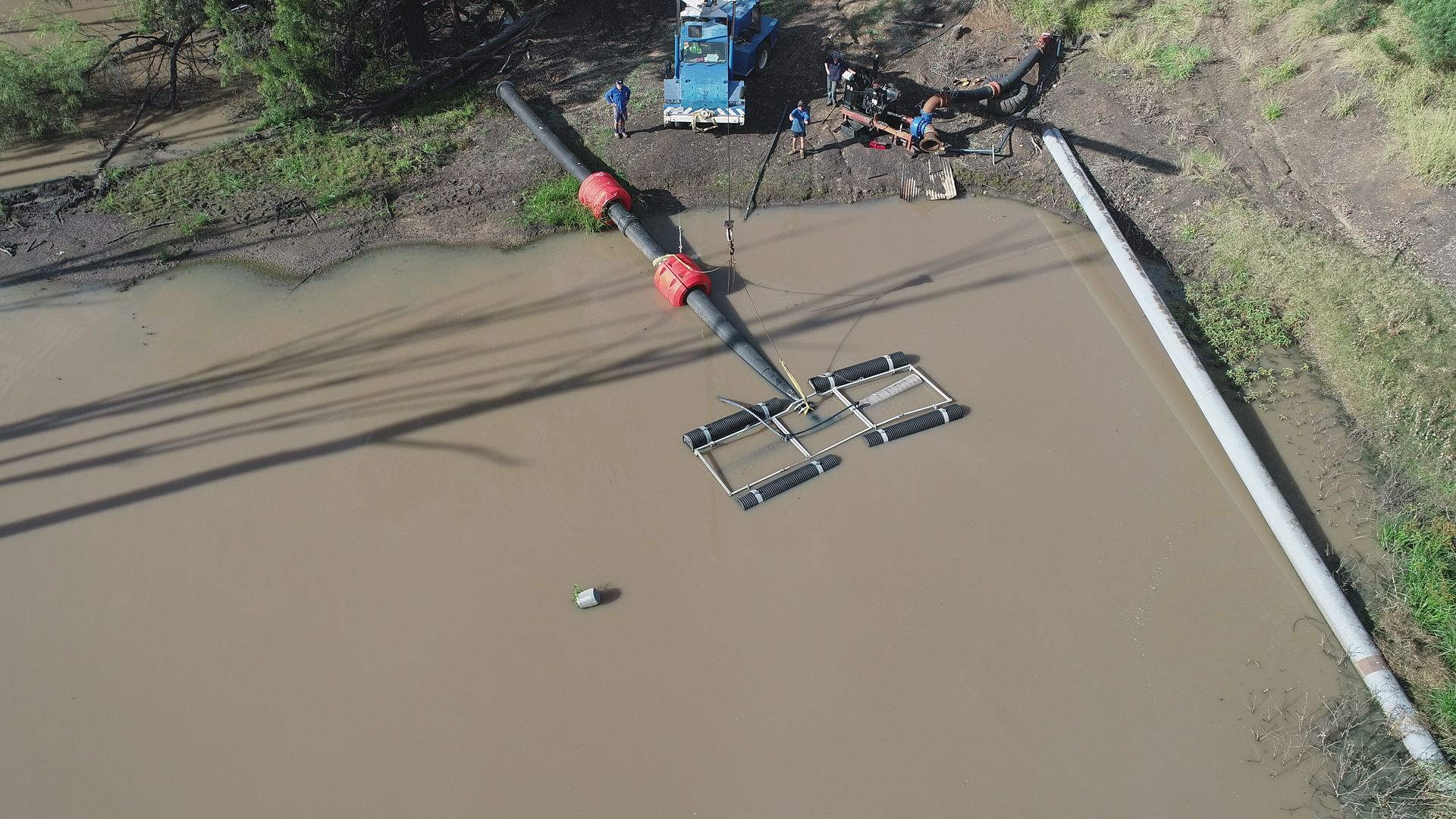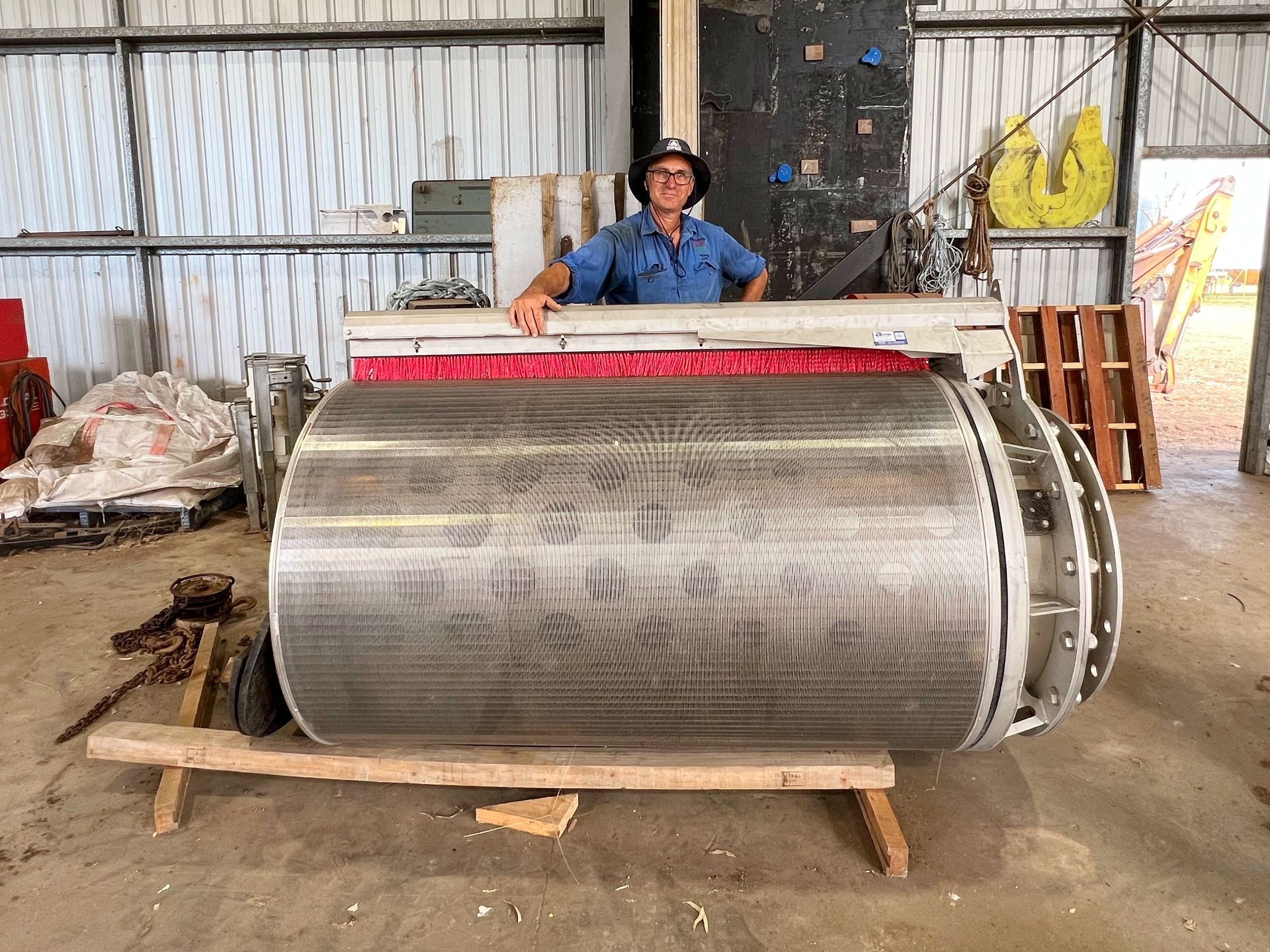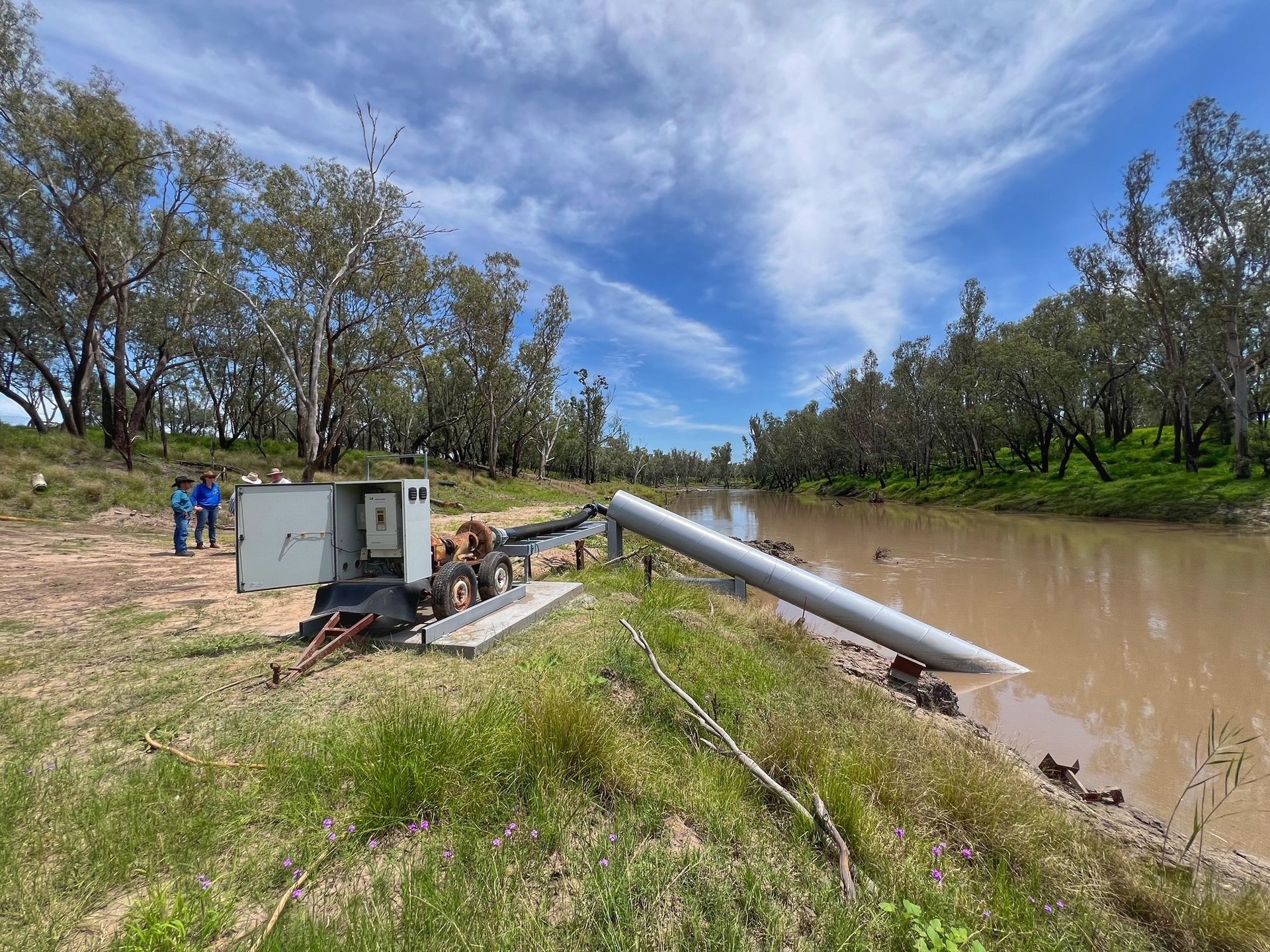It was hard to pinpoint when the workday started and ended for Glenn Landsberg as he welcomed a tour group to his property early in the morning.
The group was made up of government officials, media and work colleagues from Southern Queensland Landscapes; and they had come to Glenn’s 150 acre ‘hobby farm’ on the outskirts of Charleville to see first-hand the results of 18 years of trialing and fine-tuning land rehydration techniques.
You see, for almost two-decades Glenn has used his own private property as a trial site to investigate and perfect natural sequence farming; and it's the skills and experience harnessed here at ‘Sunset’ that Glenn is now applying on a much grander scale in his capacity as Project Manager for SQ Landscapes.
Glenn and wife Kerry purchased ‘Sunset’ in the early 2000’s describing the property as a ‘low, thick, dirty mulga block’.
“It was completely covered in mulga from 150-years of over-grazing and a lack of understanding of the overall function of the landscape,” Glenn Landsberg said.
“The ground was bare underneath the mulga - like the mulga had soured the ground making it difficult for the grass to grow and we were really battling when we did manage to get under a storm because the water just ran off the property carving great erosion channels as it went,” Glenn said.
“At that time we would have been hard pressed to run 1 Dry Sheep Equivalent (DSE) to 20 acres; which for the entire 150 acres meant just 7 or 8 sheep,” he said.
“As a kid I grew up with a chainsaw in my hand feeding mulga out to stock and I get how land managers become reliant on their mulga country. But mulga isn’t meant to be used like that and it's not meant to be seen in thick forests; and when you disturb the ground and let the mulga take over, the landscape loses its ability to generate and establish those nutrient rich grasslands which are actually endemic to this area - that’s what it use to look like here, not thick mulga scrub.”
Twenty years on, the property looks vastly different and almost reminiscent of the open grassy woodlands you’d expect to see much further east.
“Yeah we now have the capacity to run 1 DSE:2 acres; but I’m actually comfortably supporting 10 horses which is the equivalent of 20 cows or 200 sheep,” Glenn said.
“The paddocks are full of Buffel and native grasses which have all propagated naturally from the existing seed bank and if you look closely there’s not too many patches of exposed ground which is what we want to achieve to protect the soil from erosion,” he said.
“I’m not too worried about the Buffel grass - it is an introduced species, but while it is performing the job of protecting the soil and sequestering carbon, as well as providing a good nutrient source for my stock, I am happy to leave it as it is assisting the other native plants to establish.”
So what did Glenn do differently?
“Well it all started with the fencing; the first thing I did was install a perimeter fence to limit overgrazing from the kangaroo populations which have been in plague proportions because there’s no lions left in the landscape - what I mean by that is their populations aren’t being checked by natural predators which are largely gone,” Glenn said.
“This allowed the green shoots to grow and start establishing some vegetation and covering up the exposed soils,” he said.
“I then turned my attention to understanding the landscape and mapping where the highs and lows were on the property and where the water was running not walking; you could clearly see where this was happening by finding the erosion points where the water was carving out the top soil in its hurry to get off the property rather than soak in and rehydrate the land.”
The mulga thickets were thinned to restore balance and allow the country to heal and support a variety of more suitable plants for creating a protective canopy.
“I thinned a lot of trees on this place to create an opportunity for the right trees to establish and if you look around here now you can see bloodwoods and carbeans, beefwoods, kurrajong and there’s even a stand of native orange trees; these are all trees that pasture grows well under,” Glenn said.
“I’d like to achieve 100% canopy cover with large deep-rooted trees creating dappled light for superior grasslands underneath; so we’ll see if we can,” he said.
“And finally we used the equipment we had on hand to create low profile contour banks and slow the passage of water from a run to a walk, which allowed the water to soak into the landscape.”
Glenn is a strong advocate for wet weather spelling.
“Spelling the land is essential and I make sure to get the horses off when it’s wet and in that time the grass grows vigorously, which gives me my year’s supply of standing hay,” Glenn said.
“It’s amazing when the rain stops; months later you can still see the moisture traveling under the soil down the slope as gravity pulls the water down the hill slowly; the grass will brown off from the top down and you can see it traveling,” he said.
Grazing management, slowing down the water so the land can rehydrate, protecting the soil with vegetation and spelling the land sum up the key principles of how Glenn has achieved change on ‘Sunset’.
He attributes his success to listening and learning from local people and drawing inspiration from the likes of The Mulloon Institute, Holistic Grazing Management and Terry McCosker from Resource Consulting Services (RCS) to name but a few.
And walking the talk for 20-years on his own country has meant that Glenn has developed quite the tool kit of ideas and solutions which he now confidently applies together with land managers on other properties, some 3,000 times larger than ‘Sunset’.
To read about Glenn Landsberg's work on Picarilli Station near Thargomindah visit:
To become a member of Southern Queensland Landscapes and keep up to date with stories like this and workshop opportunities visit:
https://www.sqlandscapes.org.au/become-a-member
This project is funded by Queensland Government’s Natural Resources Investment Program.
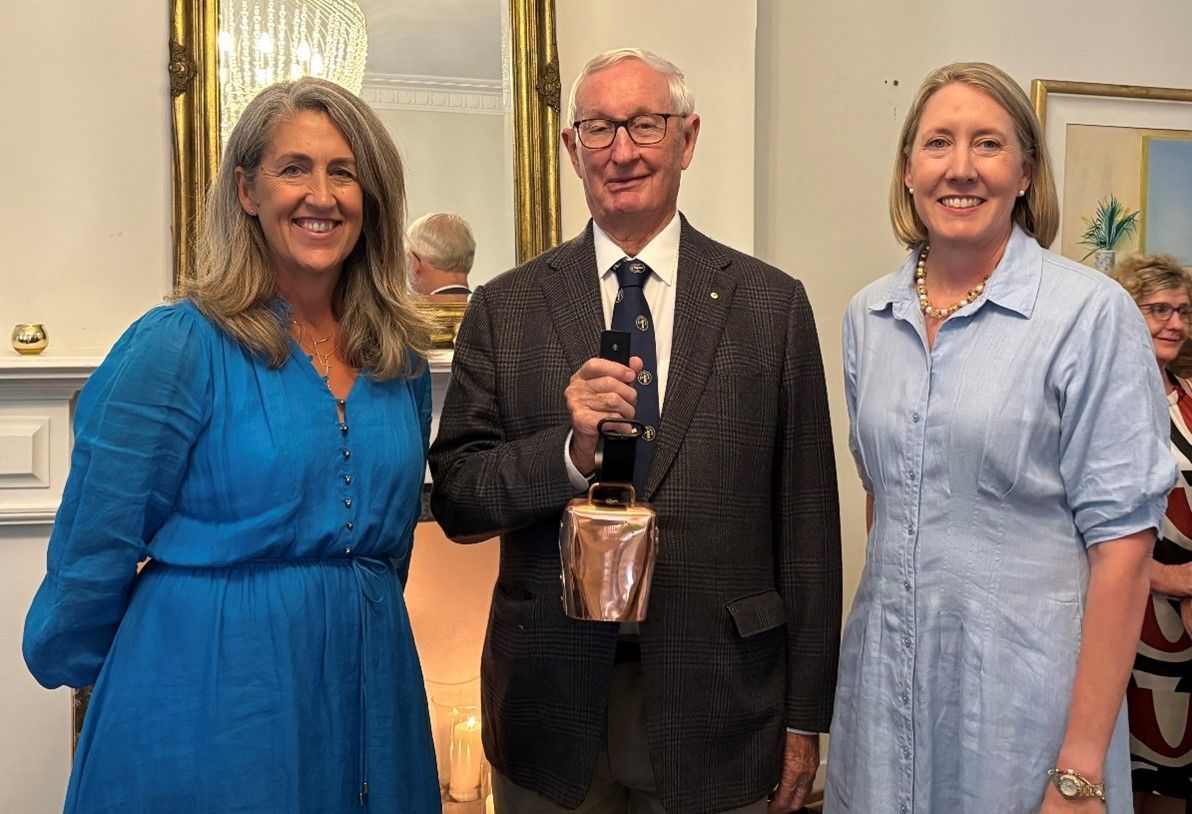
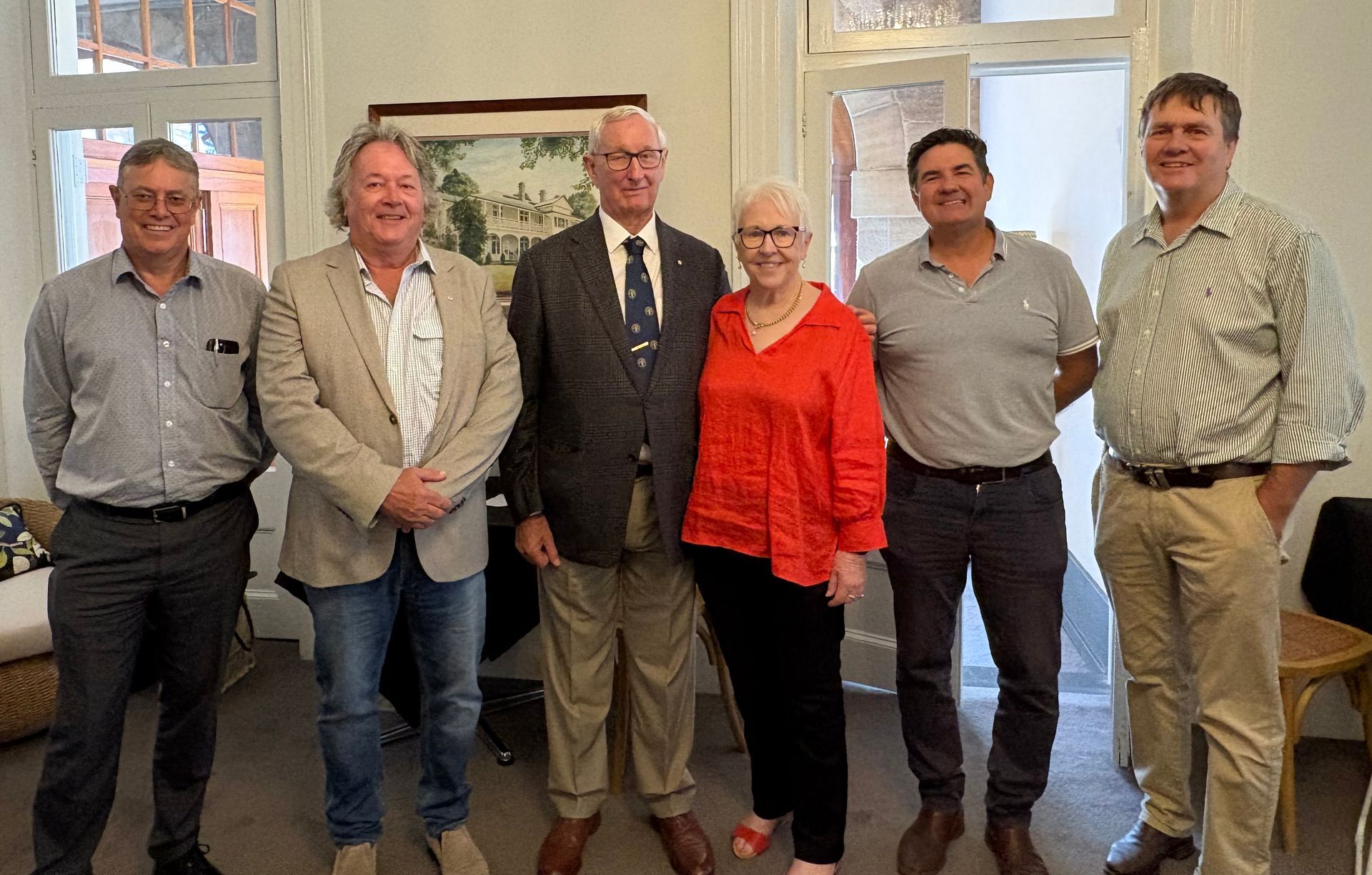
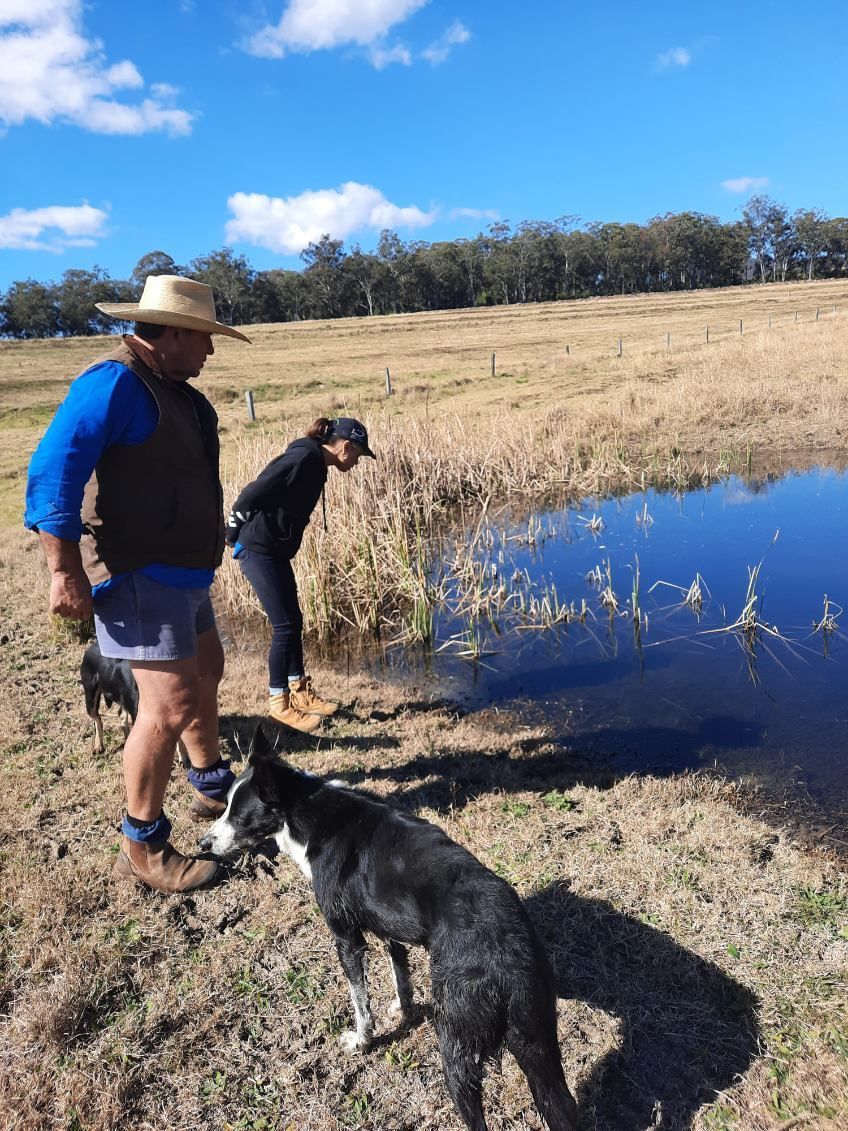
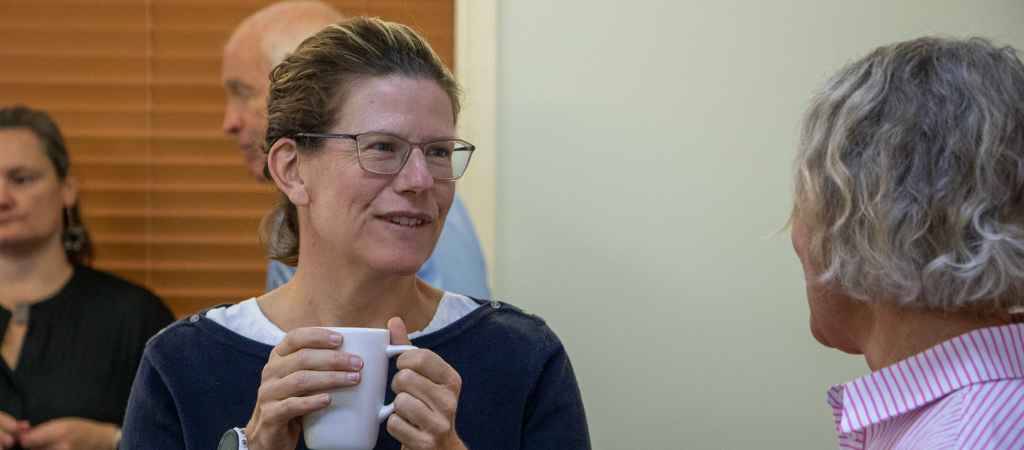
CONTACT
ADDRESS:
Toowoomba - 266 Margaret St. QLD 4350
Roma - 21 Major St. QLD 4455
Charleville - 92 Alfred Street. QLD 4470
St George - 1/11 Grey Street. QLD 4487
CONNECT
LOCATIONS
- 266 Margaret St, Toowoomba City QLD 4350, Australia 266 Margaret St, Toowoomba City QLD 4350, Australia
- 21A Major St, Roma QLD 4455, Australia 21A Major St, Roma QLD 4455, Australia
- Park St, Charleville QLD 4470, Australia 92 Alfred St, Charleville QLD 4470, Australia
- 48 Stockyard St. QLD 4490. Cunnamulla, 48 Stockyard St, 4490, QLD, Australia
- 1/11 Grey Street. QLD 4487 11 Grey St, St George QLD 4487, Australia







